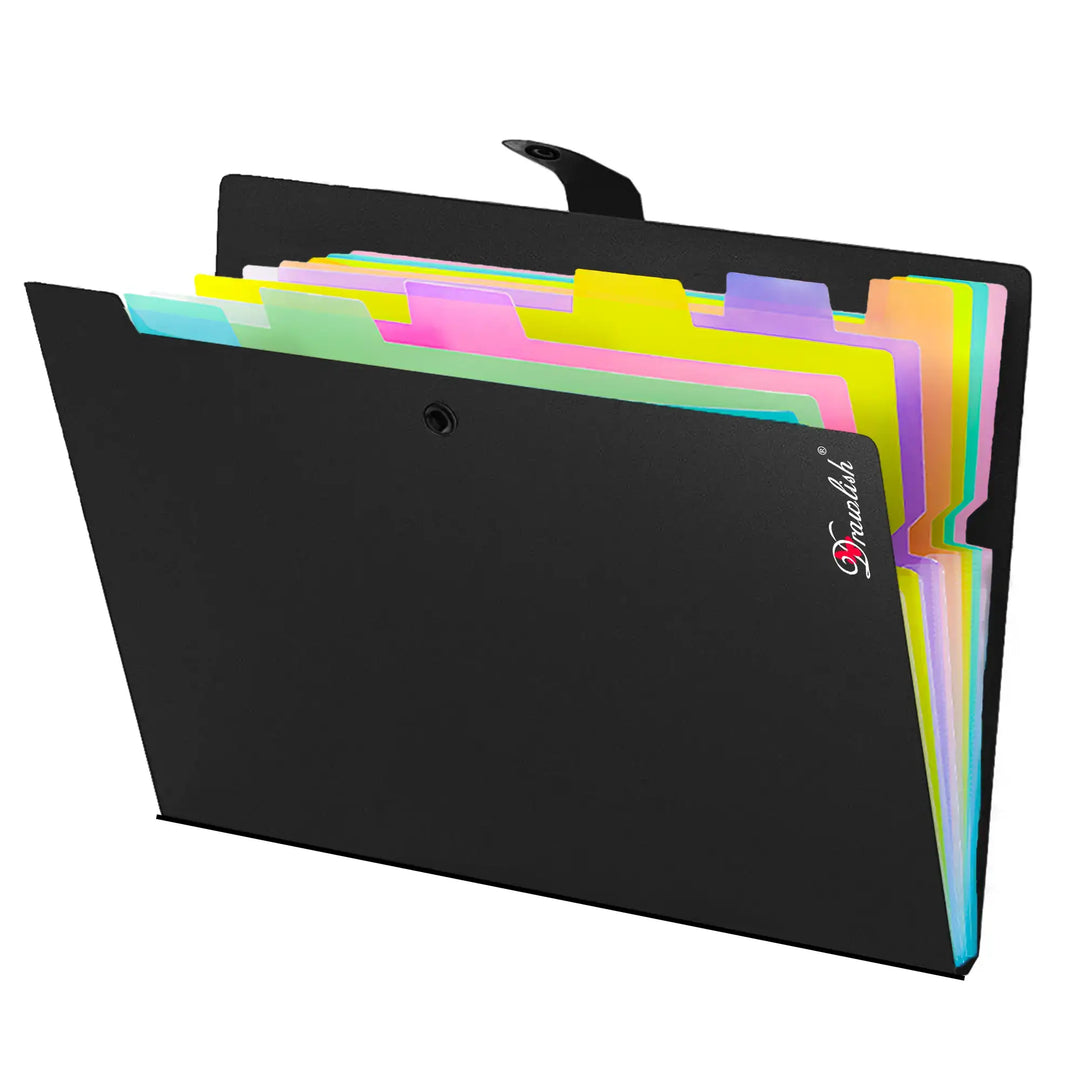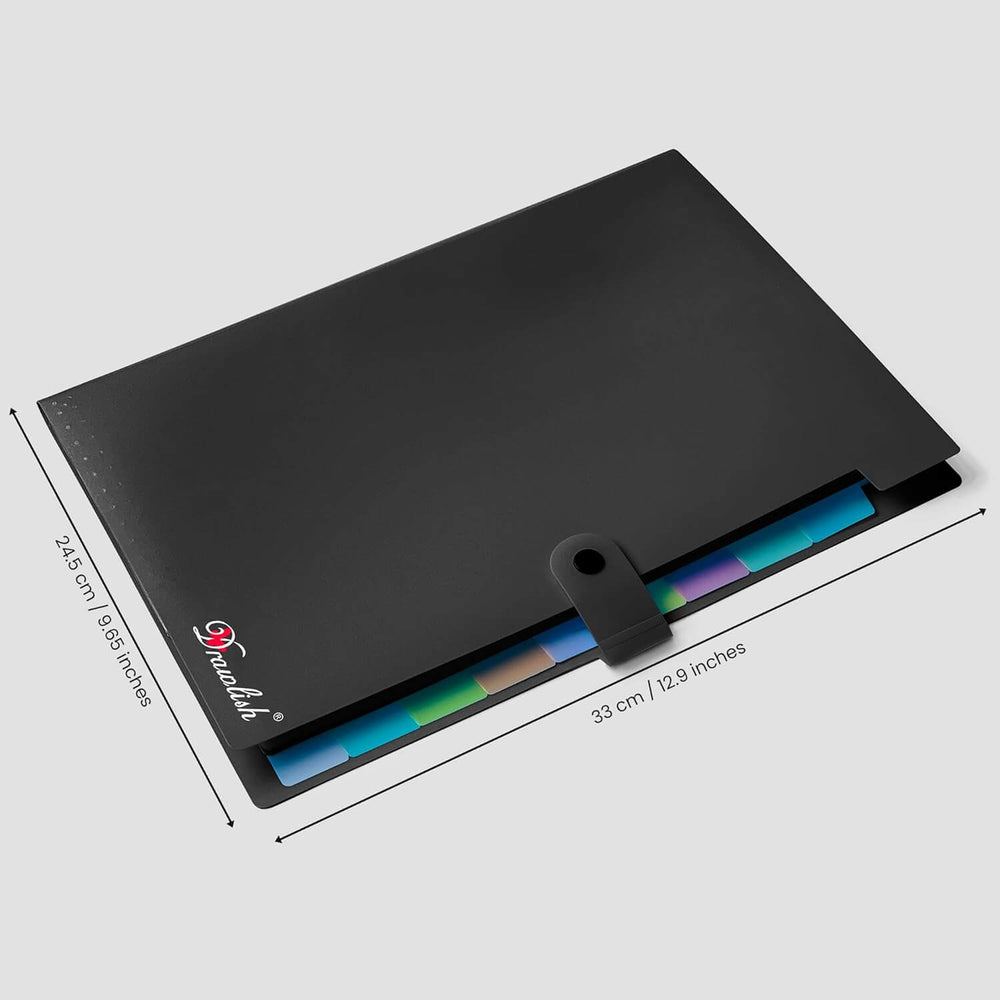7 Easy Pencil Sketching Techniques
Sketching is one of the most relaxing and rewarding art forms you can start with. All you need is a pencil, a sheet of paper, and a little creativity. Whether you’re completely new to drawing or simply looking to sharpen your skills, mastering a few simple sketching techniques can make your art stand out.
Below, we’ll walk you through 7 easy pencil sketching techniques that every beginner should try. Plus, we’ll share how using the right tools, like Drawlish Premium Sketch Pencils, can make your creative journey even smoother.
1. Hatching
Hatching involves drawing closely spaced parallel lines to add depth and shading to your sketches. The closer the lines, the darker the shading will appear. This technique is perfect for creating texture in fabrics, wood, or shadows.
2. Cross-Hatching
Take hatching a step further by layering lines in different directions. Cross-hatching allows you to build darker tones and more dimension in your sketches, giving your work a bold and detailed finish.
3. Stippling
If you want to experiment with texture, stippling is a fun technique. It’s all about making small dots on your paper closer dots create darker areas, while spaced-out dots form lighter shading. This technique is excellent for creating interesting textures like stone or skin.
4. Blending
Blending smooth's out pencil marks to create soft, realistic shadows. You can use a blending stump, tissue, or even your finger to gently smudge pencil strokes. This technique is especially useful for portraits and smooth surfaces like glass or water.
5. Contour Shading
Contour shading follows the curves of your subject, giving it a three-dimensional effect. Instead of shading in straight lines, curve your pencil strokes around the object’s shape. This technique brings out a sense of realism in your sketches.
6. Scribbling
Yes, scribbling can be a technique! It’s a loose and free method where you use random, overlapping pencil strokes to form shapes and textures. Great for sketching hair, grass, or anything that requires a sense of movement and flow.
7. Highlighting with Erasers
Don’t think of your eraser as just a mistake fixer, it's also a drawing tool. You can lift graphite to create highlights, shine, and reflective effects. Try using a kneaded eraser to pull out lighter areas in portraits or landscapes for extra depth.
Why Use Drawlish Premium Sketch Pencils?
To get the most out of these techniques, the right pencils make a big difference. Drawlish Premium Sketch Pencils are designed for smooth application, precision, and a wide range of tones from soft, dark shadows to crisp, clean lines.
With a variety of hardness grades, they’re perfect whether you’re shading, blending, or outlining. You can grab your set today from Drawlish.com and take your sketches to the next level.







Leave a comment